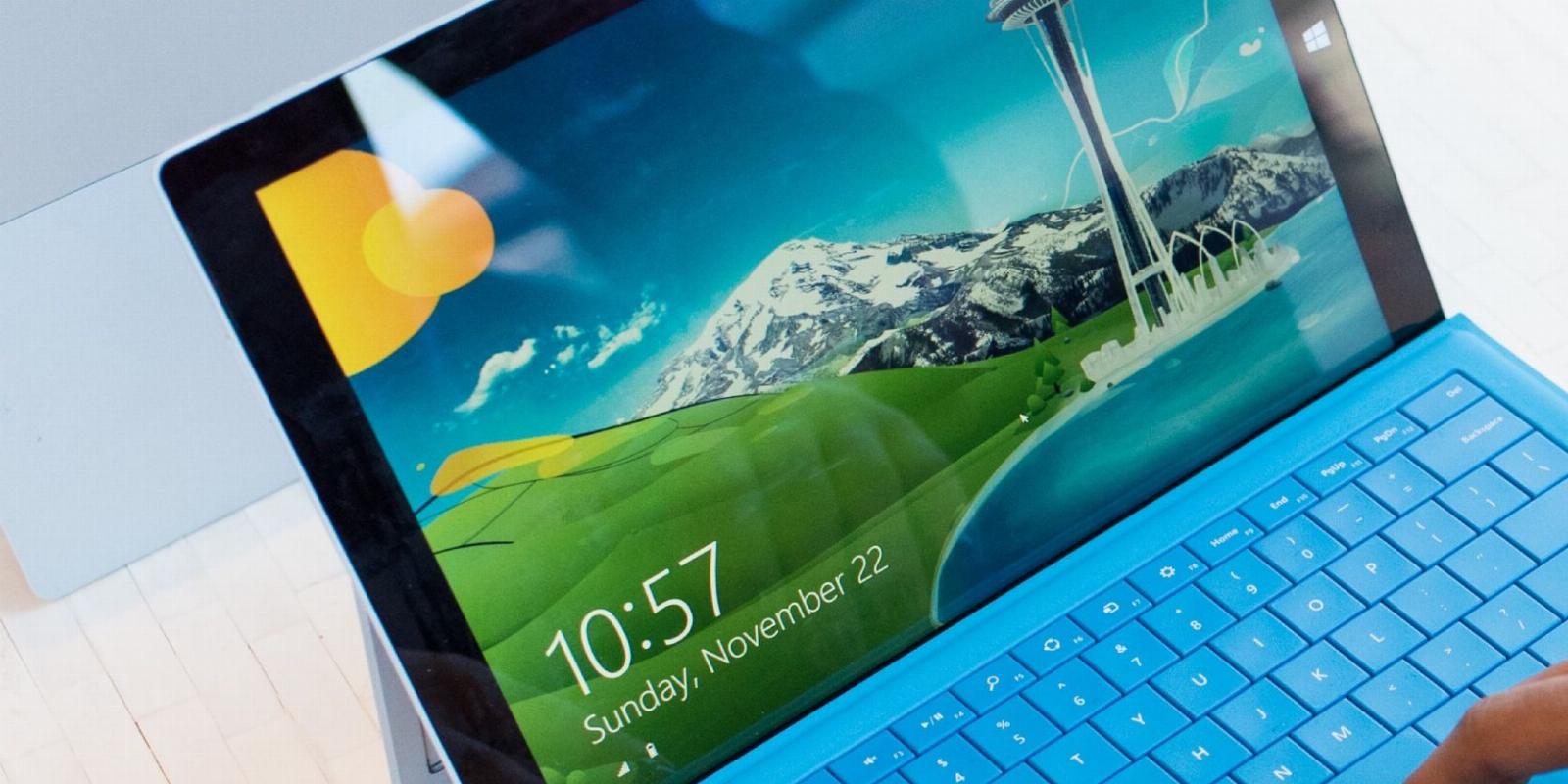
How to Reveal the Hidden Windows Administrator Account on the Login Screen
Reading Time: 3 minutesCan’t log into the hidden admin account on Windows? Bring it out of hiding with these tips.
You can enable the built-in administrator account on your Windows computer to get unrestricted access to your system. Once enabled, it will appear on the login screen the next time you try to log in. However, if the built-in administrator account does not appear, even after enabling it, it may be hidden in the Registry Editor.
Here we show the two ways to unhide the hidden administrator account in the login screen on Windows 10 and 11 running systems.
1. Check if the Hidden Administrator Account Is Disabled in the Registry Editor
You can hide user accounts on your PC from the sign-in screen using a registry tweak. Check if you have hidden the built-in administrator account in Registry Editor first. If not, you can restore the account by loading a registry Hive.
Also, make sure you have enabled the hidden administrator account. If yes, follow these steps to confirm the built-in administrator account is not hidden in Registry Editor.
Note that incorrect modifications to your Windows Registry can cause your system to malfunction. We recommend you create a registry backup and a system restore point on Windows as a recovery option.
- Press Win + R to open Run.
- Type regedit and click OK.
- In Registry Editor, navigate to the following location:
HKEY_LOCAL_MACHINE\SOFTWARE\Microsoft\Windows NT\CurrentVersion\Winlogon\SpecialAccounts\UserList
- In the right pane, locate and right-click on Administrator DWORD Value.
- Select Delete and click Yes to confirm the action. If such a value does not exist, skip to the next solution.
- Close Registry Editor and restart your PC to see the changes.
If you encounter an insufficient permission issue, take full ownership of the registry keys and then try to delete the value again.
2. Unhide the Hidden Administrator Account Using the Registry Editor
You can recover the hidden administrator account using a Registry Editor hack. For this, however, you’ll need to boot into Windows Recovery Environment and then load the registry database to make necessary modifications.
Even if you can log in with a different user account, you may not be able to load the registry hive to make modifications. So, follow these steps after booting into Windows Recovery Environment.
- First, boot into Windows Recovery Environment.
- In the Choose an option screen, click on Troubleshoot.
- Next, click on Advanced options.
- Click on Command Prompt.
- In the Command Prompt window, type regedit and press Enter:
- In Registry Editor, select HKEY_LOCAL_MACHINE in the left pane.
- Next, click on File and select Load Hive.
- When the pop-up dialog appears, select your system drive where the Windows OS is installed. This step is extremely important. Otherwise, you may not be able to load the necessary registry file and encounter the file in use by another process error.
- Next, navigate to the following location.
Windows\System32\config
- Next, locate the Software file inside the Config folder.
- Select the Software file and click Open.
- Next, type a key name. For example, type Recovery in the Key Name field and click OK.
- Next, navigate to the following location in Registry Editor. You can copy and paste the key path for quicker navigation:
HKLM\Recovery\Microsoft\Windows NT\CurrentVersion\Winlogon\SpecialAccounts\UserList
- In the right pane, locate and right-click on the Administrator DWORD value.
- Select Delete from the context menu and click Yes to confirm the action.
- In the left pane, select the Recovery key (if you have named it something else, select that instead).
- With the Recovery key highlighted, click on File and select Unload Hive.
- Click Yes to confirm the action.
- Close Registry Editor and restart your PC. After the restart, the hidden administrator account should appear on the sign-in screen.
If you can get an error saying ‘Load Hive, access is denied;’ this is due to Registry Editor still using the file. To fix this, you’ll need to unload the registry hive using Command Prompt.
To unload registry Hive using Command Prompt:
- Close Registry Editor to get back to Command Prompt.
- In the Command Prompt window, type the following command:
Reg unload HKLM\recovery
- Wait for the ‘operation completed successfully’ message. Next, type exit and press Enter to close Command Prompt.
- In Windows Recovery Environment, click on Continue to restart Windows. The Administrator account should now appear on the sign-in screen.
Unhide the Built-in Administrator Account on Your Sign In Screen
The hidden administrator account should appear on the sign-in screen as you enable it via Command Prompt or user account dialog. If it does not, it is likely because you or someone else may have disabled it in Registry Editor.
You can unhide the administrator account by tweaking your registry. That said, for security reasons, make sure to disable the built-in Administrator account once you are done using it for troubleshooting your computer.
Reference: https://www.makeuseof.com/hidden-administrator-account-not-showing-login-screen/
Ref: makeuseof
MediaDownloader.net -> Free Online Video Downloader, Download Any Video From YouTube, VK, Vimeo, Twitter, Twitch, Tumblr, Tiktok, Telegram, TED, Streamable, Soundcloud, Snapchat, Share, Rumble, Reddit, PuhuTV, Pinterest, Periscope, Ok.ru, MxTakatak, Mixcloud, Mashable, LinkedIn, Likee, Kwai, Izlesene, Instagram, Imgur, IMDB, Ifunny, Gaana, Flickr, Febspot, Facebook, ESPN, Douyin, Dailymotion, Buzzfeed, BluTV, Blogger, Bitchute, Bilibili, Bandcamp, Akıllı, 9GAG